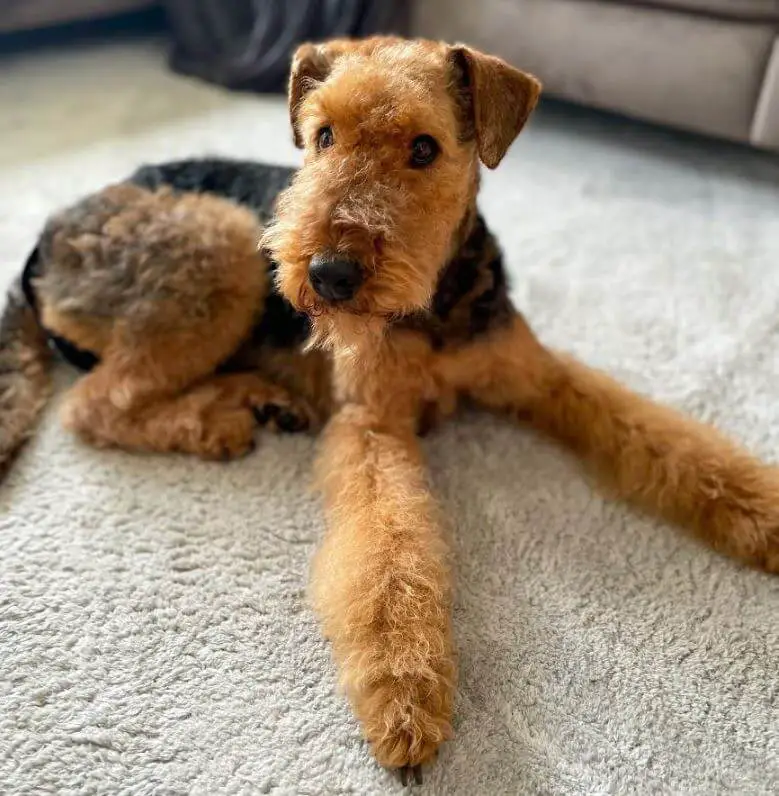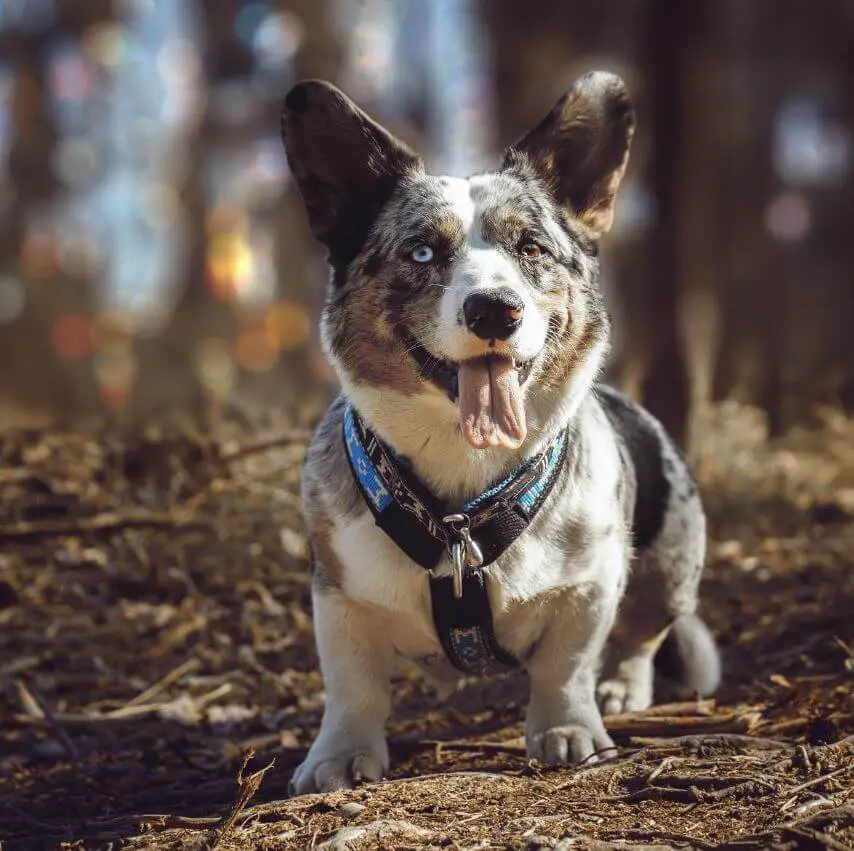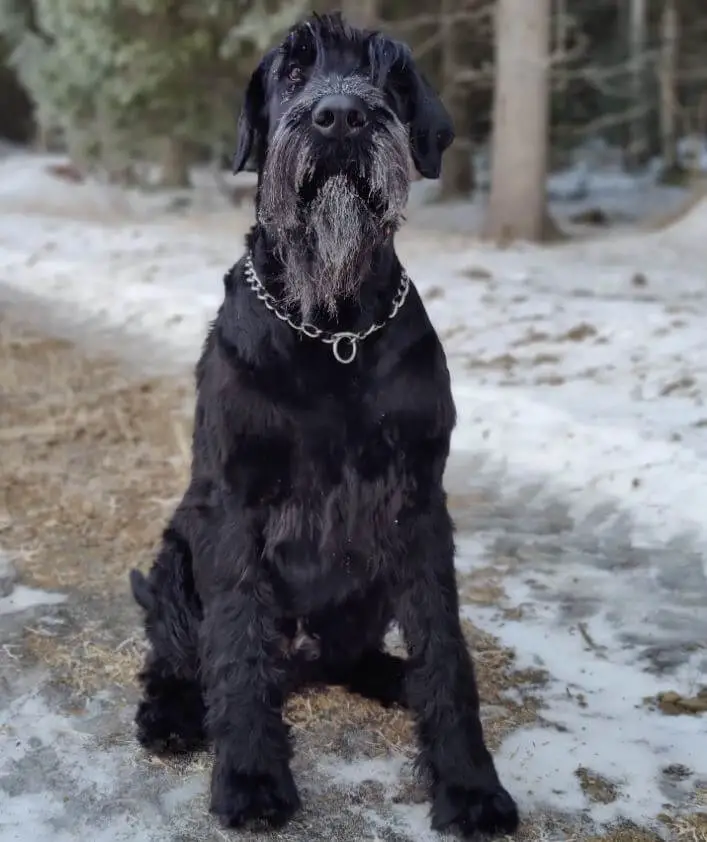When it comes to veterinary procedures, the topic of dog anesthesia can be a cause for concern among pet owners. Understanding the ins and outs of anesthesia is crucial for ensuring the safety and well-being of your beloved furry companion. In this article, we will provide essential information that every dog owner should know about dog anesthesia, empowering you to make informed decisions and alleviate any apprehensions you may have.

#1 – The Purpose of Dog Anesthesia:
Anesthesia is administered to dogs to induce a state of unconsciousness and temporary loss of sensation during medical procedures. It allows veterinarians to perform surgeries, dental cleanings, diagnostic tests, and other invasive procedures without causing pain or distress to the dog.
#2 – Pre-Anesthetic Assessment:
Before undergoing anesthesia, your dog will undergo a pre-anesthetic assessment, which typically includes a physical examination, blood tests, and an evaluation of their overall health. This assessment helps identify any underlying conditions or factors that may increase the risks associated with anesthesia. It is crucial to provide your veterinarian with accurate information about your dog’s medical history, previous reactions to anesthesia, and any medications or supplements they are currently taking.
#3 – Risks and Considerations:
While anesthesia is generally safe for dogs, there are inherent risks associated with the procedure. These risks can vary based on factors such as age, breed, pre-existing health conditions, and the specific procedure being performed. It’s essential to have a thorough discussion with your veterinarian about the potential risks and any specific considerations for your dog.
#4 – Anesthesia Monitoring:
During anesthesia, your dog’s vital signs, including heart rate, blood pressure, oxygen levels, and body temperature, will be closely monitored. This continuous monitoring helps ensure your dog’s safety throughout the procedure. Skilled veterinary technicians or anesthesiologists will be responsible for monitoring and adjusting the anesthesia levels as needed.

#5 – Post-Anesthetic Care:
After the procedure, your dog will be monitored during the recovery phase. They may be placed in a quiet, warm, and comfortable area to awaken from anesthesia gradually. It’s essential to follow your veterinarian’s instructions regarding post-anesthetic care, including medication administration, wound care, and any activity restrictions.
#6 – Communication with Your Veterinarian:
Maintaining open and honest communication with your veterinarian is crucial when it comes to dog anesthesia. Discuss your concerns, ask questions, and seek clarification about the procedure, risks, and expected outcomes. Your veterinarian is the best person to address your concerns and provide personalized advice based on your dog’s specific needs.
#7 – Adhering to Pre-Anesthetic Instructions:
Follow the pre-anesthetic instructions provided by your veterinarian. These instructions may include fasting your dog for a specific period before the procedure to minimize the risk of aspiration, which occurs when stomach contents enter the lungs during anesthesia. Adhering to these instructions helps ensure the procedure goes smoothly and reduces potential complications.
#8 – Seeking a Qualified Veterinary Professional:
Choose a reputable veterinary clinic with experienced professionals who specialize in anesthesia and have a proven track record of safe procedures. Do your research, read reviews, and ask for recommendations from trusted sources to find a veterinary team that you feel comfortable entrusting with your dog’s care.

Dog anesthesia plays a vital role in ensuring safe and stress-free veterinary procedures. By understanding the purpose of anesthesia, the importance of pre-anesthetic assessments, monitoring during anesthesia, and post-anesthetic care, you can make informed decisions and alleviate any concerns you may have. Remember, maintaining open communication with your veterinarian and choosing a qualified veterinary professional are key to providing the best possible care for your furry friend.
